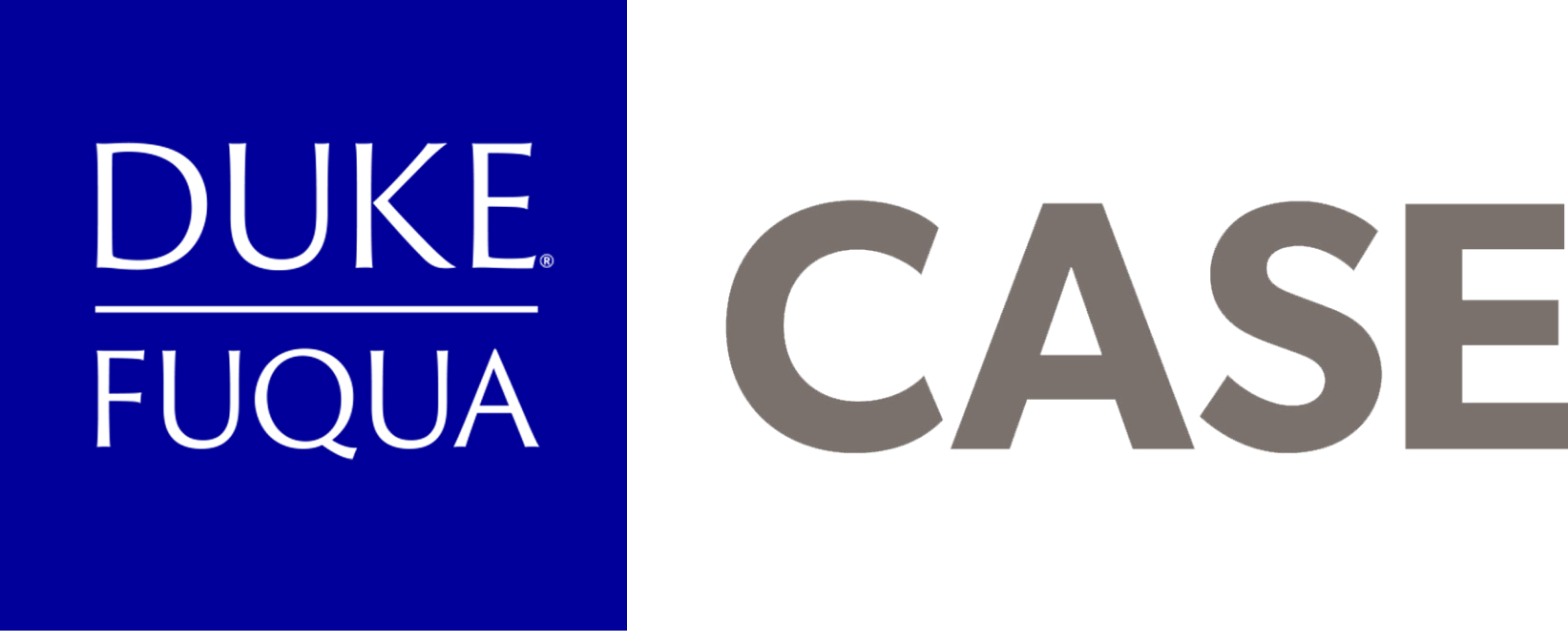April 2011, Cathy Clark
I attended the Skoll World Forum last week and had a realization. Yes, social entrepreneurs are working constantly to refine their business models, but right now, many are worried about very specific business model challenges. Forming a social business. Creating business models that produce profit. Setting up a for-profit. Considering impact investment. I was struck by the constant and urgent needs expressed by successful nonprofit social entrepreneurs to explore for-profit revenue models.
In the fiery turmoil of building sustainable solutions to the world’s most pressing problems, the impact investing wave has arrived in full force. Will it put out the fires, or simply flood the marketplace with hype?
My realization echoes themes Greg Dees has been discussing with his colleagues on the World Economic Forum’s Global Agenda Council on Social Innovation. The appetite for social business and new forms of investments is high, but the map for most social entrepreneurs to get there is undefined. A handful of entrepreneurs have created paths for their own growth, but many are treading water while they watch and try to read the waves. They are not sure if their business models are investment-worthy, or how to make them so.
Notably, there seems to be a concomitant confusion on the part of impact investors. Faced with the amazing work of social entrepreneurs around the globe, even savvy global impact investors are scratching their heads. How do they get a market rate return from an investment in VisionSpring, KickStart, Riders for Health, FairTrade USA or other exemplary entrepreneurial ventures? Do they lower their expectations for returns, and if so, what is their lower boundary for the impact of their investment?
We think we’re facing a very real gap in the marketplace: the distance between the “impact-first” social entrepreneurs and many impact investors who are “financial-first.” Foundations need to help their grantees build sustainable models in ways that strengthen their mission. Impact investors, from foundations to funds, need to paint themselves with the correct “colors of money” (to borrow from Root Capital founder Willy Foote’s wonderful Skoll World Forum presentation). Paths need to be developed to close the gap.
Tell us what you think about the gap between business models and capital:
- If you’re an entrepreneur, are you considering a new form of revenue generation that would be an investable enterprise? Is it clear to you how to build that model? If not, what kinds of help would you like to see to get yourself ready?
- If you’ve created an investable business model, where did you start?
- Who is best positioned to fill the financing gaps for ventures that have profit potential but fall below the threshold that would interest most impact investors?
- What are the best investment tools and models for bringing a nonprofit entrepreneur into the world of for-profit investment?
Join Cathy in the conversation at the Social Edge now!

